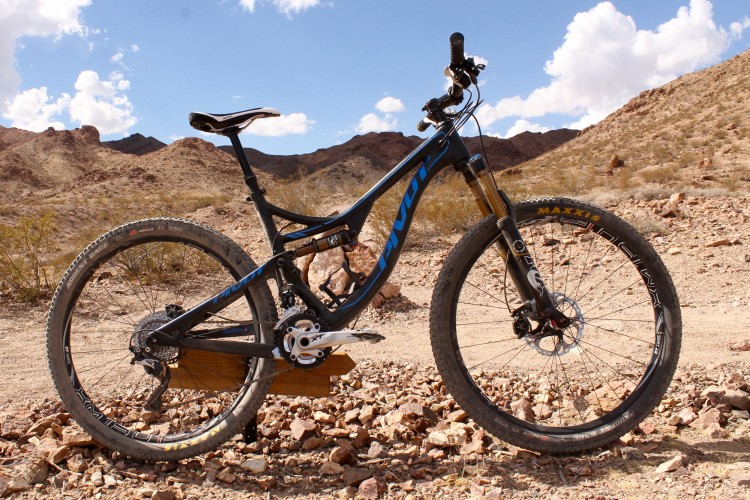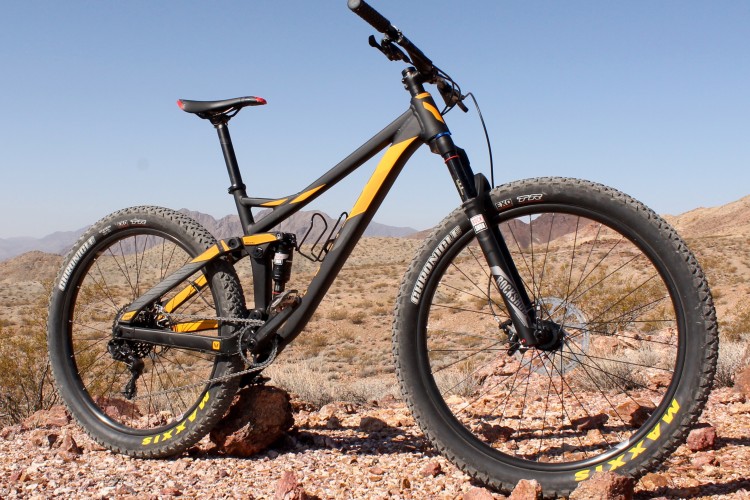
For mountain bikers who aren’t necessarily looking for a long-legged, rock smashing enduro machine, brands like Pivot are keeping them happy with aggressive updates to trail bikes like the Mach 429.
What was once known as the Pivot Mach 429 Trail, is now dubbed the Pivot Trail 429. That’s not a huge change. However, the trail bike does see geometry updates which keep pace with the rest of the industry. The Trail 429 also gets a cleaner overall look plus the addition of Super Boost Plus. Like the previous version, the updated Trail 429 retains the ability to swap between 29er and 27.5+ wheels.
Pivot 429 Trail geometry
In the geometry department, the Trail 429 standover height is lower, the bottom bracket is about a half-inch higher, and the reach is of course longer.
With 29er wheels, the head angle has been slackened a touch from 67.5° to 67.3° while the seat tube angle moves from 72.8° up to 74°. The extra-small size frame features slightly different geometry, with a 74.5° seat tube angle and a 67° head angle.

In 27.5+ mode, the head angle sits at 66.7 degrees, the seat tube angle is 73.4 degrees, and the bottom bracket height is just a touch higher than with 29er wheels. Again, the extra-small size is slightly different, with a head tube angle that is just a touch slacker and a steeper seat tube angle.
In the rear, the travel increases by 4mm to a square 120mm, with a 130mm fork and room for a 140mm fork. All of the builds will come with a Fox 34 fork and Fox DPS shock, with the ability to fit a Fox DPX2 shock.

This is the first bike Pivot has designed without accommodations for a front derailleur. Part of the reason behind this has to do with their choice to use Super Boost Plus, which has descended from the Switchblade to the Trail 429.
By eliminating the front derailleur option and adding Super Boost Plus spacing, Pivot says they are able to increase the width between the chainstays to fit larger tires and shed more mud, increase the stiffness of the rear wheel, and keep the chainstays short, all without needing to increase the Q-factor. Super Boost Plus increases width between the stays from 148mm to 157mm. The jump is said to increase stiffness by about 30% compared to Boost 148 spacing, and about 46% over traditional 142mm spacing.

When Pivot introduced Super Boost Plus they went out of their way to make sure no one called it a “new standard.” Downhill bikes had already been using the 157mm spacing for years, but Pivot brought it to a trail bike. What this means is that the flanges on the hub will be spaced further apart. Although this may not be a new standard, it does limit wheel choices for the Trail 429.
Pivot is positioning the Trail 429 between the cross-country and aggressive trail categories, and based on the numbers, they appear to have hit their mark.
Prices for the Trail 429 start at $4,699 and include a dropper post, Shimano SLX drivetrain, and Sun Ringlé Duroc wheels. Builds top out at $8,699 and include a SRAM Eagle drivetrain, Reynolds carbon wheels with Industry 9 hubs, SRAM Guide Ultimate brakes, and carbon handlebars.





















1 Comments
May 18, 2018